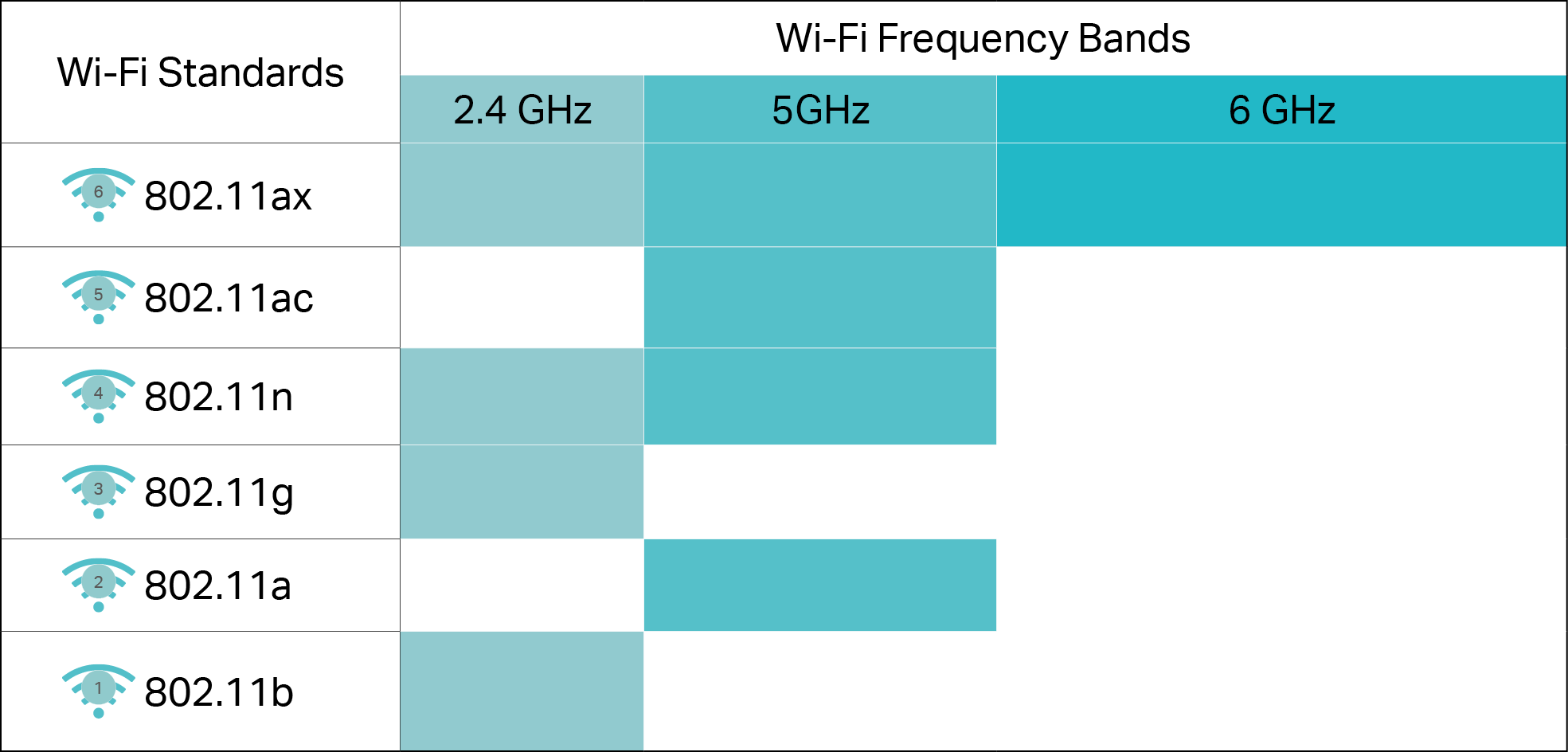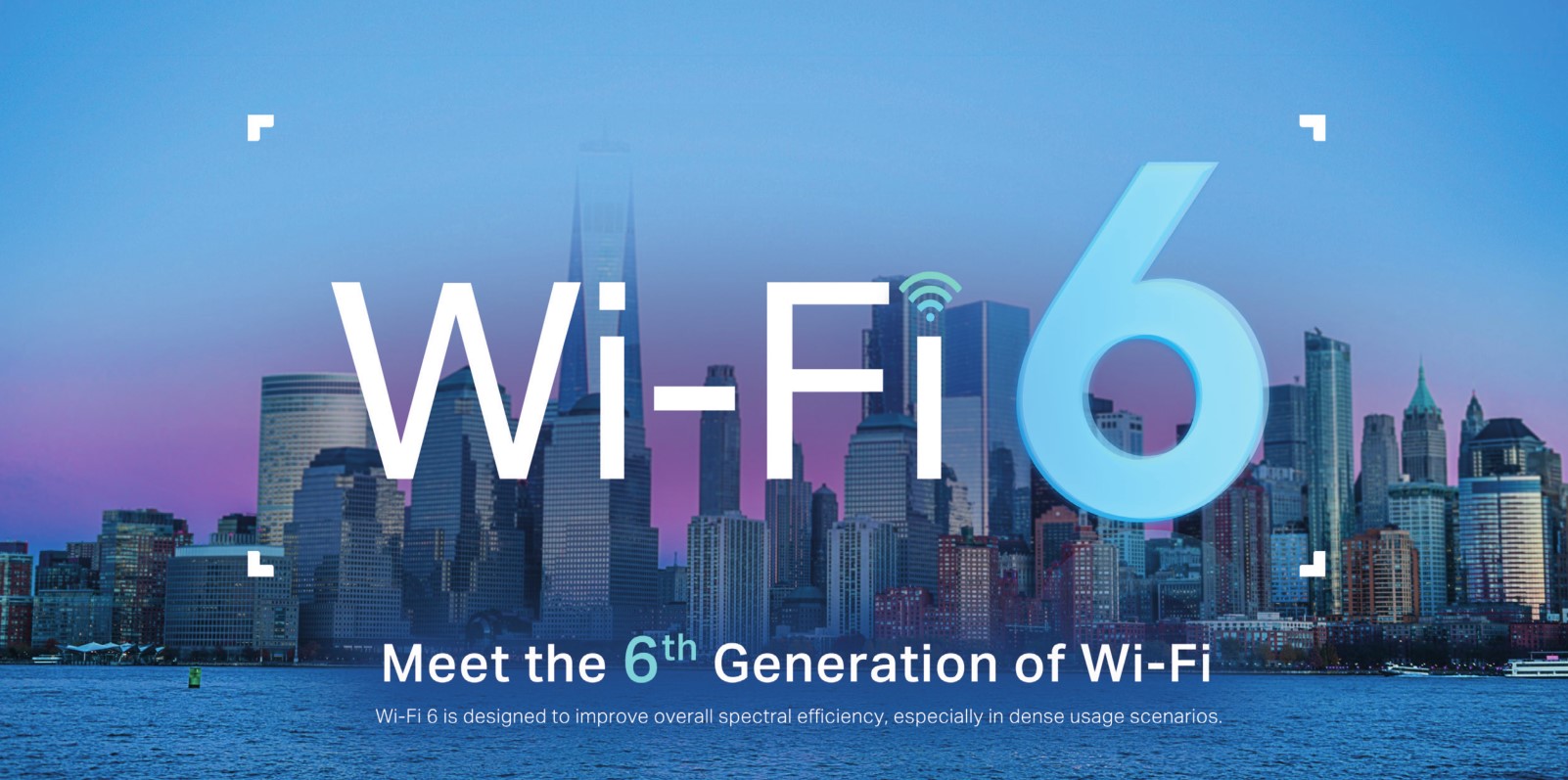Wi-Fi 6E Will Usher Wi-Fi into a New Era
2020 represented a milestone for mobile networking development, with the rapid development of 5G and 5G-compatible devices. The beginning of the 2020s has started with some exciting news in wireless networking: the introduction of 6 GHz.
Wi-Fi 6E can be traced back to late 2018 when the Federal Communications Commission (FCC) proposed the unlicensed use of a new 5925-to-7125 MHz band. Wi-Fi in the 6 GHz officially came out last year following further examination.
The addition of the 6 GHz spectrum will significantly boost wireless networking performance and help Wi-Fi 6 meet its intended purpose of higher capacity and less interference. Why is 6 GHz crucial for Wi-Fi 6? In its original design, Wi-Fi 6 makes use of 2.4 GHz and 5 GHz. However, network congestion is still inevitable, as previous Wi-Fi standards use 2.4 GHz and/or 5 GHz. It is despite the impact of technology like OFDMA and MU-MIMO increasing the volume of simultaneous data transmissions. The situation will change drastically when 6 GHz is opened up for unlicensed use.

Wi-Fi 6 can realize its full potential in speed improvement and latency reduction without sharing a spectrum with legacy devices (devices using 802.11ac, 802.11n, or older standards). It will also meet both the demand of the rapid increase of internet devices in the future and the higher need for better networking quality.
When we say speed, we mean throughput rate. Compared with the 80 MHz channel on the 5 GHz band, the 6 GHz band comes with a 160 MHz channel, and thus it doubles the throughput rate. However, legacy devices eat up the bandwidth, creating interference in 5 GHz. When wireless users of Wi-Fi 6E have the privileged use of 6 GHz, the actual speed experience may go far beyond just doubling.
Latency is another crucial phrase when discussing Wi-Fi 6E. Wi-Fi 6 also operates at the 2.4 GHz and 5 GHz bands. Wi-Fi 6-enabled devices have to compete with legacy devices for data transmissions. The ubiquitous latency times stand in the way of further development of devices such as IoT appliances, VR devices, and AR headsets. Wi-Fi 6E will drive down latency and improve user experience in the areas mentioned above.
The significance of a new band is not limited to wireless networking. The entire mobile 5G industry will also appreciate the new band. With the broader use of 5G-compatible mobile devices, internet users are getting used to the high network speeds outdoors. They will come to expect similar network experiences indoors.
However, it will still be difficult for cellular carriers to meet this customer expectation inside most buildings due to coverage issues. The release of Wi-Fi 6E will lift the burden of carriers and ensure the seamless transition of networking experience from outdoors to indoors.
Despite the overwhelming advantages in speed, there are some slight drawbacks. For instance, 6 GHz has relatively smaller coverage compared with 2.4 GHz and 5 GHz. It is due to 6 GHz having a higher frequency, making it tougher to penetrate solid objects like walls and ceilings.
The release of 6 GHz for unlicensed use provides a feasible solution for increasing consumer demand for more connected devices. It’s hard not to see that this new frequency band will usher Wi-Fi development into a new era.





